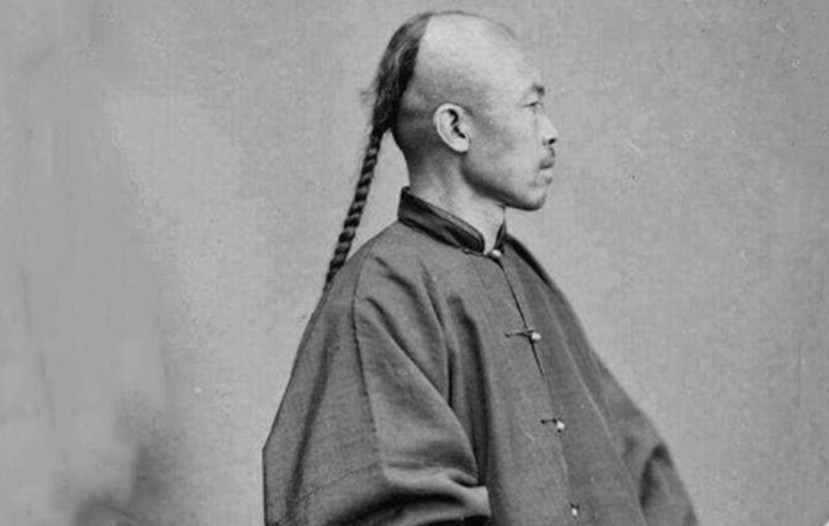

The queue hair style is fairly low maintenance and doesn’t require a lot of products or styling tools. If you are attending a special event, you can add some accessories such as beads and feathers to the braid to create a unique look. For a more formal look, you can add some curls to the braid and secure it with some bobby pins.

For a casual look, you can simply tie the braid with a ribbon or scarf and leave the rest of the hair loose. The queue hair style can be easily adapted to suit any occasion. Different Ways to Wear Queue Hair Style in 2023 For a more polished look, you can also add a ribbon or scarf around the braid. Once you have plaited the hair, you will need to tie the end of the braid with an elastic band. Then, you will need to start plaiting the hair from the nape downwards. First, you will need to section off the hair from the crown to the nape of the neck. The queue hair style is fairly easy to create. It is also easy to maintain and doesn’t require a lot of styling products. It is versatile enough to be worn in many different ways, so you can show off your creative side. The style is chic and timeless, and it is a great way to express your individuality. The hairstyle is characterized by a long, single braid that is tied at the back of the head. The queue hair style has been around for centuries and is still popular with many people today.

Godley, "The End of the Queue:Hair as Symbol in Chinese History", 27, September 2011. Thus, removing the "queue" or "pigtail" became one of the better-known symbols of the fall of imperial rule, modernization, and political change. When the Qing dynasty was in danger of being toppled by revolutionaries, the Chinese in a gesture of defiance and practicality, severed their own tails. With the growth of Western ideas and influences in China, the development of the Chinese's national spirit started to have the determination to abandon the queue. The dynastic authority cannot serve as a focal point for national mobilization against the West, as the emperor was able to do in Japan in the same period. They had been forced to wear as a sign of submission to the Manchus's authority.

As a symbol of revolution, Chinese males cut off the long braids or queues. The Western countries called the queue “the pigtail” disrespectfully. During the time of the Boxer Rebellion, the queue had become a symbol of shame to the Boxers and Chinese nationalists in the late 19th century. This idea was especially important when the Boxer Rebellion. For some days I had not shaved my head, and I allowed the hair to grow on my upper lip.” The Qing dynasty of the Manchus is seen as a “foreign” dynasty by the Chinese. He recalled: “I cut off my cue which had been growing all my life. A nineteenth-century Britisher disabused readers: “the tail of a Chinaman is not a little tuft on the crown of his head, but is formed of hair suffered to grow luxuriantly in a mass, at least four inches in diameter.” From a Chinese point of view, it was their nation's humiliation in the Sino-Japanese War of 1895, which caused Sun Yat-sen and many of his associates to lose faith in the Qing dynasty. However, the queue was not only a representation of different dynasty identities in China, it was also a representation of racial issues later around the world. The queue was a symbol of Manchu identity. Later, the queue was forcefully introduced to Han Chinese and required to be worn by the male during the Qing dynasty. Queue or cue was a hairstyle worn by the Jurchen and Manchu people of Manchuria.


 0 kommentar(er)
0 kommentar(er)
